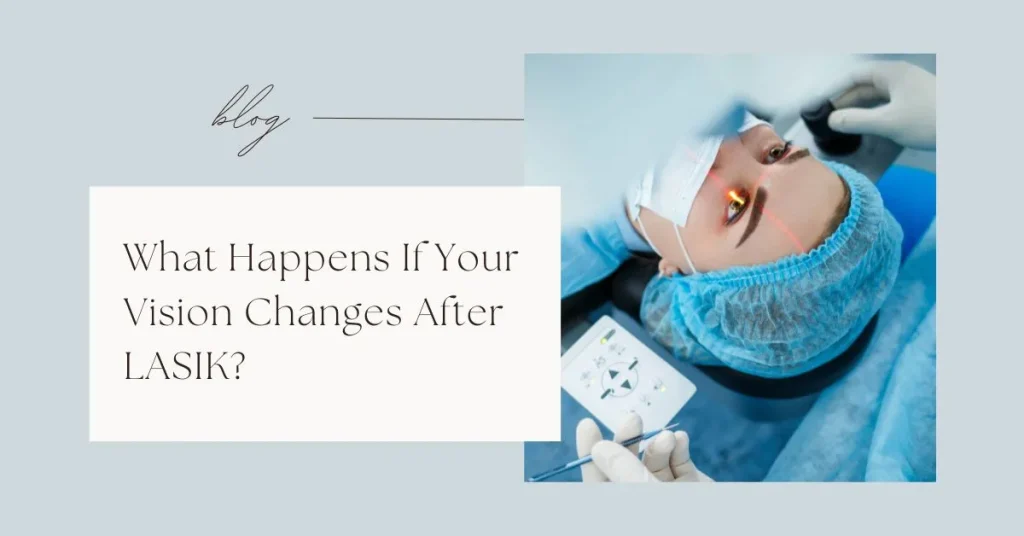What Happens If Your Vision Changes After LASIK?

LASIK (Laser-Assisted In Situ Keratomileusis) is a popular surgical procedure designed to correct refractive vision issues such as nearsightedness, farsightedness, and astigmatism. While many patients experience significant improvements in their vision post-surgery, some may notice changes or fluctuations after the initial recovery period. Understanding these changes is essential for managing expectations and ensuring long-term eye health.
Common Vision Changes After LASIK
- Temporary Blurriness and Fluctuations: It’s normal to experience blurry or hazy vision immediately following LASIK, often lasting a few days to weeks as the eyes heal. Patients may also notice fluctuations in their vision during this time as the eyes adjust to their new shape.
- Halos and Glare: Many patients report seeing halos around lights or experiencing glare, particularly at night. These symptoms are common in the early postoperative period but typically improve within a few months
- Dry Eyes: Dry eye syndrome is a frequent side effect after LASIK due to reduced tear production. This can lead to discomfort and temporary blurriness. Using prescribed artificial tears can help alleviate these symptoms

- Regression: Sometimes, patients may experience regression, where their vision gradually shifts back toward their original prescription. This is more likely in individuals with higher pre-operative prescriptions and may require enhancement procedures to correct
- Aging-Related Changes: Over time, natural aging processes can affect vision, leading to conditions like presbyopia (difficulty focusing on close objects) or cataracts, which can cause blurry vision even after successful LASIK surgery
Managing Changes in Vision
- If you notice changes in your vision after LASIK, consider the following steps: Follow-Up Appointments: Regular check-ups with your ophthalmologist are crucial for monitoring your eye health and addressing any concerns that arise post-surgery.
- Use Prescribed Eye Drops: To combat dryness and promote healing, adhere to your doctor’s recommendations for using artificial tears or other medications.
- Avoid Eye Strain: Limit screen time and take frequent breaks to reduce eye fatigue during the recovery phase.

When to Seek Help
If you experience persistent blurry vision or sudden changes that cause concern, you must contact your eye care professional. They can determine whether these changes are part of the normal healing process or if they indicate a more serious issue that requires intervention. In summary, while many patients enjoy improved vision after LASIK, some may experience changes that warrant attention. Understanding these potential issues and maintaining open communication with your healthcare provider can help ensure the best possible outcomes for your vision health
Book your appointment now for all eye-related services.
Your Vision Our Focus


